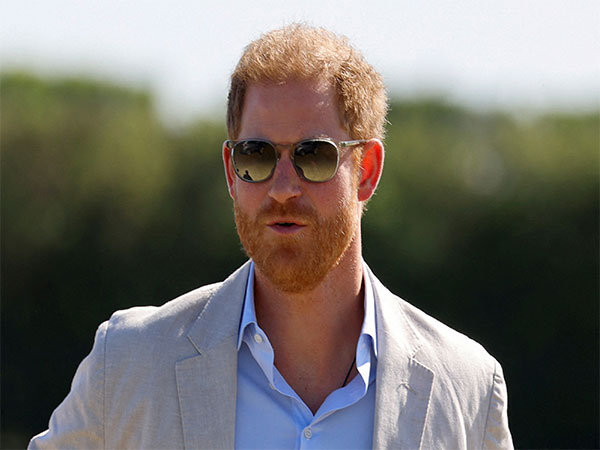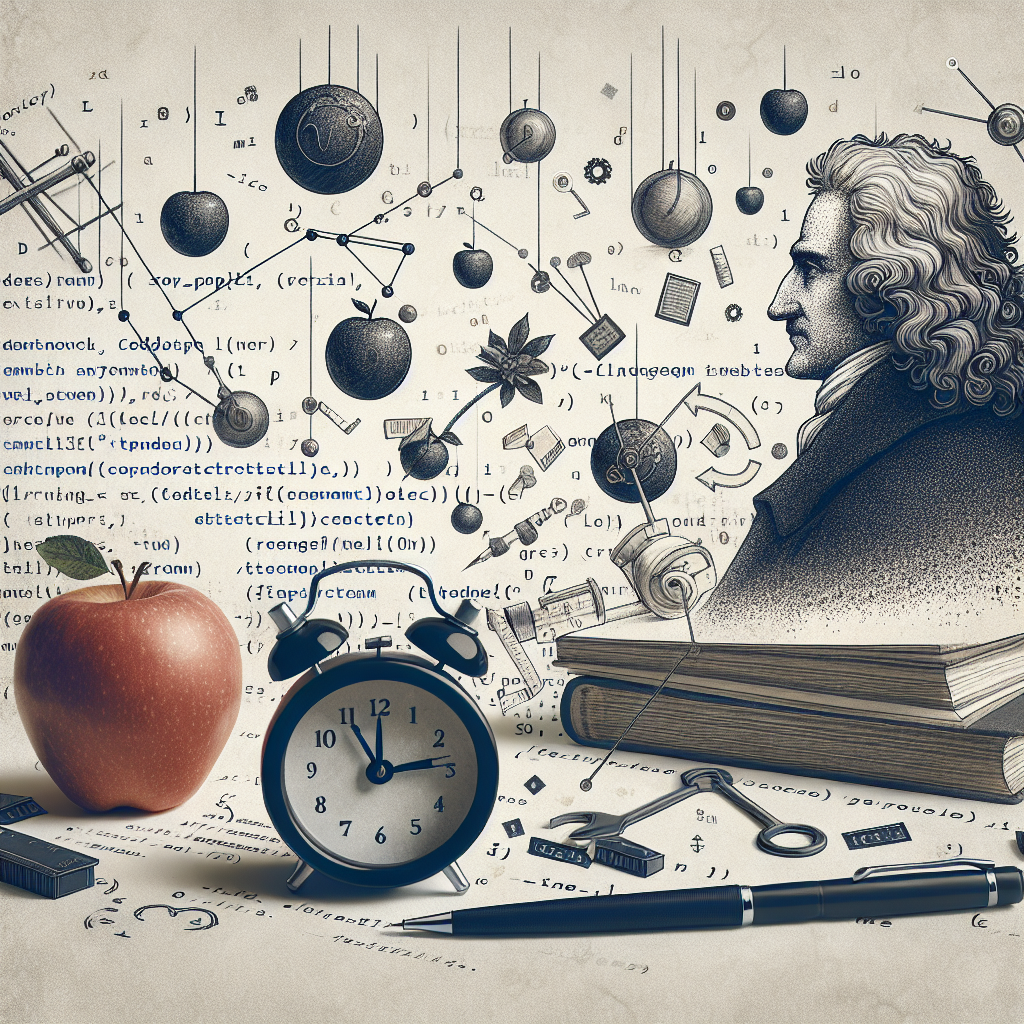(Photo: Michel Schnater)The second major presentation of this season’s Dutch National Opera’s ‘Opera Forward Festival’ was a short opera lasting approximately an hour by composer Bas Gaakeer to texts by Gregory Caers and Jasmijn van Wijnen called “Codes.”Of course, one does not always know what to expect from the operas that will be performed; after all, it is a festival that seeks to push at the boundaries of what we understand by the term opera, and it was clear even from a cursory glance at the program that this was going to be an unusual presentation.There was no mention of a librettist, only of two names responsible for the text.
There were no named solo singers, although there was a chorus comprising 60 student and non-student members, called VU-Koor. The band was a mixed acoustic and electronic ensemble consisting of nine musicians. What really caught the attention, however, was the size of the cast that amounted to 170 performers in total, using students from the MBO Theaterschool, Rotterdam.

As far as one could make out, there were no identifiable characters or a clearly defined continuous narrative, but rather distinct theatrical blocks related to new rituals.Caers’ VisionThe director and the creator of the concept, Gregory Caers, in his program notes, explained how ritual practices offer people “a sense of security in the uncontrollability of life;” it allows people to “break away from their worries and make room for wonder.” He then went on to speculate on its similarities to the theatre, stating that they both create a space in which “people come together to experience something beyond the ordinary,” and hoped that people leave a ritual or a theatre “in a different way than they entered it.
”His aim was to use the theatrical experience to create new rituals that could connect young people from different ethnic, religious and social backgrounds by “becoming part of a group” with a shared intention in which they could relate to each other in order to build up trust in the other and themselves so that they “are able to celebrate together.” Nor was it an aim restricted just to the performers; he also included the audience in this transformative process.Seven new secular and physical rituals were identified, each with a specified title, for example, “Ritual Number 3: Songs of Transformation,” which were then given expression through music and dance, supported by a choral accompaniment and occasional spoken and sung contributions from soloists among the dancers.
The Idea in PracticeOn entering the auditorium, one was met by an empty black stage without scenery or props. A slightly raised platform that ran across the back of the stage, which acted as a platform for the musicians, was the only addition.Within a few minutes, the stage was full of young people, dressed in a variety of typical colorful urban clothing, designed by Gerbrand Bos, who then embarked on a series of energetic co-ordinated dance routines, choreographed by Ada Daniele and Shara Maarskant.
Dennis Diels’ bright, well-focused lighting highlighted the dancers, setting them apart from the darkness that pervaded the stage. What emerged was a fabulous, electrifying spectacle in which the breathtaking organization of the dance routines was simply remarkable. At one moment, the dancers would appear to be running randomly around the crowded stage, while somehow managing to avoid colliding with each other, then within seconds would have formed themselves into a single or multiple groups, allowing the dance to take a new direction.
At times there was a notable challenging, even aggressive, aspect to their movements as the dancers stomped forward, staring directly at the audience. It was not only a riveting performance, but the degree of discipline the young people displayed was admirable.Gaakeer’s score, inspired by late Romantic French music, non-Western forms and the repetitive rhythms found in contemporary popular music, was written for percussion, amplified instruments, winds, strings and Anatolian instruments.
The overall sound had a strong contemporary feel with a strong pop culture influence. Although it was clearly written to support the energetic and frenetic dance routines, it also was neatly crafted to create calmer, more atmospheric episodes that provided contrast.The choral singing, in line with the general tenor of the work, was assertive and full of vitality, although the occasional solo contributions struggled to make much impact above the animated, high-octane movement of the dance.
Overall, this was a visually powerful presentation that was certainly able to hold the attention, but can it really be classed as an opera?Fundamentally, this was a work with dance at the forefront, with music for the solo voice relegated to a minor role. If “Codes” is accepted as lying within even a broad definition of what constitutes an opera, then the word opera itself is basically meaningless; it would apply to any work with music that included even the smallest amount for the solo voice. Some television adverts, pop videos or even street musicians would fit the bill.
What would the name of the Dutch National Opera actually even mean?Nevertheless, the ‘Opera Forward Festival’ exists to explore such questions, and as such, “Codes” is a valid presentation within this context. It is also useful in highlighting the fact that opera is not a free-for-all, in which everything and anything goes, and is a useful reminder that parameters do exist. Of course, they should always remain open to challenge, and this is exactly what “Codes” does.
It was also a worthwhile piece of theatre, albeit not an opera.The post Dutch National Opera 24 – 25 Review: Codes appeared first on OperaWire..
Sports

Dutch National Opera 24 – 25 Review: Codes

(Photo: Michel Schnater) The second major presentation of this season’s Dutch National Opera’s ‘Opera Forward Festival’ was a short opera lasting approximately an hour by composer Bas Gaakeer to texts by Gregory Caers and Jasmijn van Wijnen called “Codes.” Of course, one does not always know what to expect from the operas that will be performed; after all, it is {...}The post Dutch National Opera 24 – 25 Review: Codes appeared first on OperaWire.















